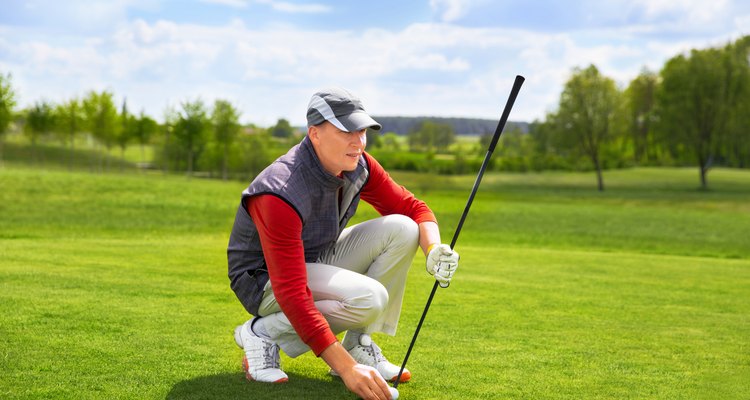
alexsokolov/iStock/Getty Images
Blisters can be a nuisance in all walks of life, but they can be particularly troublesome on the golf course. Golf is a game where a great deal of your success comes from feel and finesse, and an inconvenient blister can not only be incredibly painful but could also cost you strokes. Blisters generally develop on your hands and feet; there are ways to treat blisters then prevent them from returning.
Causes
Blisters are caused by friction -- and there are a number of different aspects of golf that can cause blisters, particularly on your feet and hands. You may not wear your golf shoes that often, meaning they are not as broken in as necessary and can rub on your feet, causing blisters. You can also develop blisters on your hands from holding the club too tightly, particularly if you are hitting a lot of balls on the driving range.
In-Round Treatment
If you feel a blister developing during the middle of a round, you can be proactive in treating it in hopes that you can stop it from becoming worse. If you are not wearing a golf glove, try putting one down to cut down on the friction between your hands and the grips of your clubs. You can also try using a bandage or piece of tape to cover the area of skin where you feel the blister developing.
After the Round
If you have a blister that has developed, try to keep the skin intact, as it helps to prevent infection. If the skin has broken, clean the area and apply a bandage and a piece of gauze for both cushioning and protection. If the blister makes it too painful to walk or grip any objects, try sterilizing a needle over a flame and gently puncturing the blister to allow it to drain. Apply a topical antibiotic and cover with a bandage. If the blister is on the palm of your hand or the heel of your foot, apply moleskin.
Prevention
Spray your feet with antiperspirant or use foot powder before putting on your socks. To prevent blisters on your feet, try wearing acrylic socks to prevent saturation and friction. Make sure your shoes are water-proofed, breathable and fit comfortably. If you are prone to developing blisters on your hands, purchase a golf glove to cut down on the friction. You can try loosening your grip on the club, but you should look into investing in higher-quality grips, too.
Related Articles
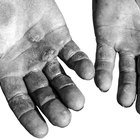
Callus From Pullups

How to Keep Flip-Flops From Slipping
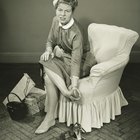
How to Break in Man-Made-Leather Shoes
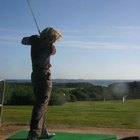
How to Repair My FootJoy Golf Shoes

Running & Corns
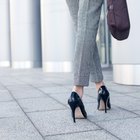
How to Keep My Shoes From Sliding While ...

How to Prevent Getting Ringworm in the ...
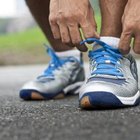
Kinds of Glue to Repair Running Shoes
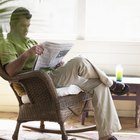
How to Deodorize Suede Sandal Footbeds

Can You Remove Calluses With Lemon ...
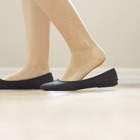
How to Stop a Heel Slip

How to Keep Your Pant Legs in Your Boots
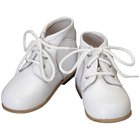
How to Make Rubber Soles Less Slippery
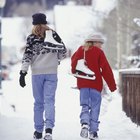
What to Put on Shoes to Prevent ...
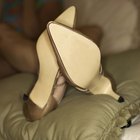
How to Increase the Grip on a Shoe's ...
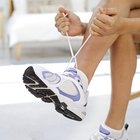
How to Get Sneakers to Stop Smelling
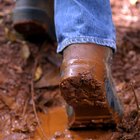
How to Clean Discolored Shoes

How to Keep Shoes From Rubbing the Heel

What to Do If Your Boots Are Too Big

How to Prevent Tennis Racket Blisters
References
Writer Bio
Chris Callaway started writing professionally in 2007 and has worked as sports editor, managing editor and senior editor of "The Racquet" as well as written for the "La Crosse Tribune" and other newspapers in western Wisconsin. He graduated from the University of Wisconsin-La Crosse with a Bachelor of Arts in English and communications.
Photo Credits
alexsokolov/iStock/Getty Images